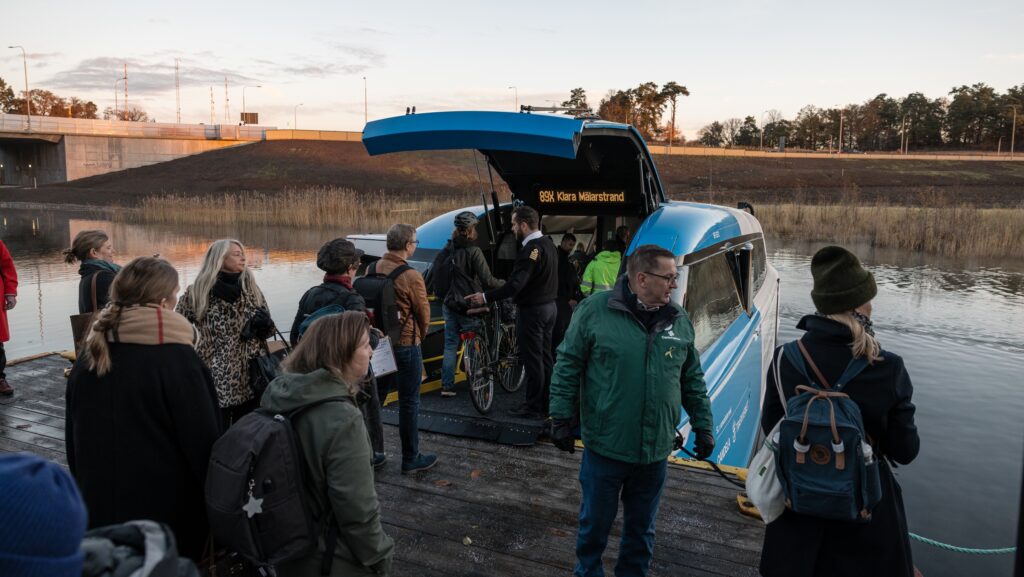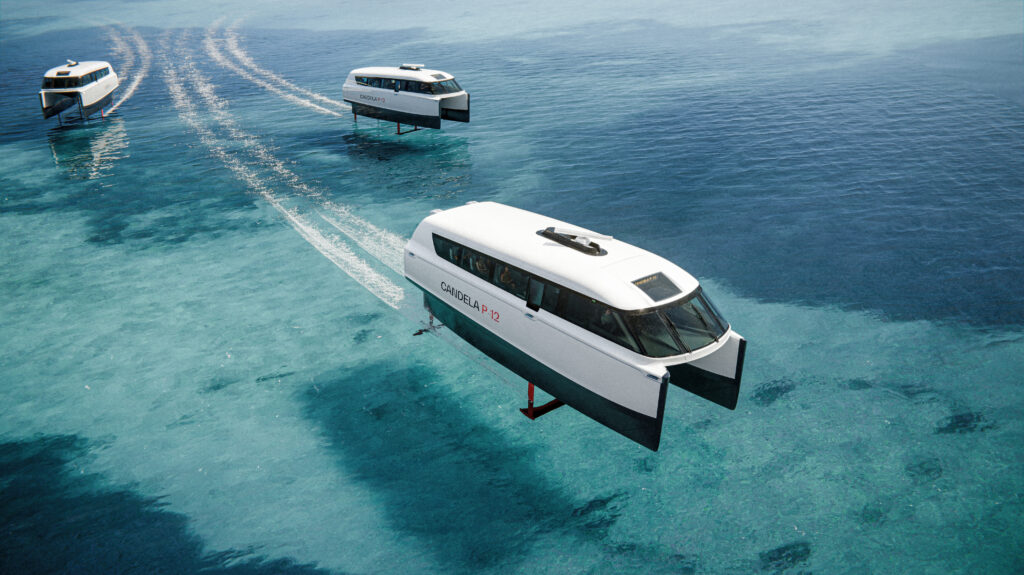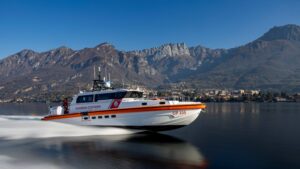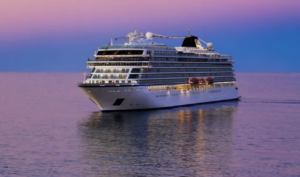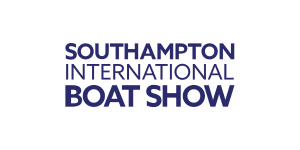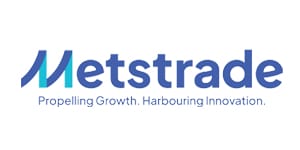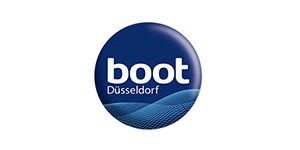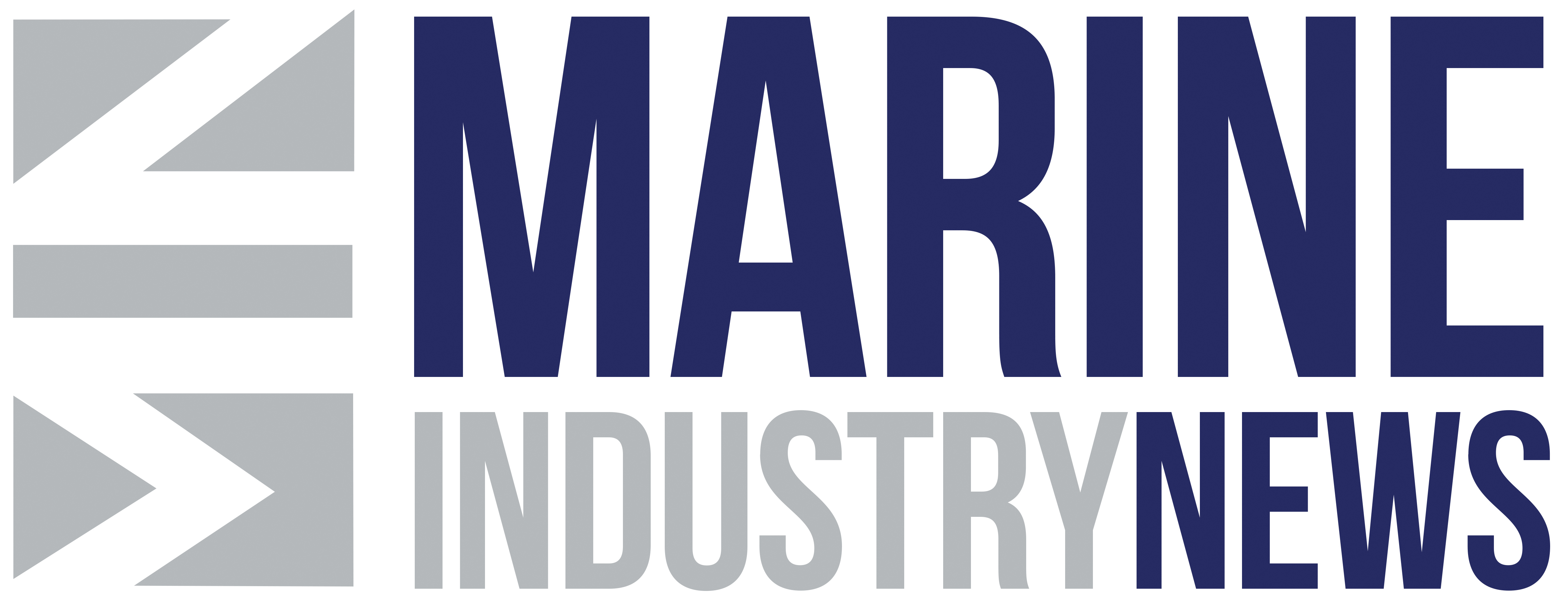‘Global trend towards electrification irreversible’ says Candela, as Trump cries ‘drill baby drill’

The world’s first electric hydrofoil ferry picks up passenger numbers, cuts commute times and will return after ice melts. So says Candela, the manufacturer behind Stockholm’s electric foiling passenger ferry. Candela’s P-12, Nova, has been enjoying a short winter break from its commuter route between Tappström (Ekerö center) and Stockholm City Hall.
Given the USA president’s ethos of ‘drill baby drill’, Gustav Hasselskog, CEO and founder of Candela, says he’s not worried about further demand for ferries like his. He expects to see continued demand both in leisure and commercial sectors for electric boats.
“While the US government’s approach to energy policy might emphasise traditional fuel sources, we believe the global trend towards electrification and decarbonisation is irreversible.
“At Candela, we focus on long-term sustainability and innovation. We remain focused on pushing the boundaries of electric propulsion to offer clean, efficient alternatives that outperform conventional fuel-powered boats in both performance and environmental impact.”
Demand not undermined by fossil fuel exploration
“We see a huge demand. The trend toward electrification in the marine sector is driven by several forces — environmental responsibility, cost efficiency, and offering a superior experience — none of which are undermined by fossil fuel exploration policies. As electric propulsion continues to offer long-term operational savings, reduced environmental impact, and an increasingly attractive experience for passengers and crew alike, we see continued growth in demand from both leisure and commercial sectors.”
As such, Hasselskog says Candela doesn’t see the mantra to drill impacting the overall macro trend towards electrification.
“We can already see this on the land transportation side,” Hasselskog continues.
“Electrification is sweeping the market swiftly. We see our customers becoming more and more conscious of the environmental footprint of their purchases, whether they are leisure boaters or commercial operators.”
Electric vessels drastically lower operational expenditure
“As more people experience the unique benefits of electric propulsion –— like quiet, smooth rides and zero emissions –— they become advocates for the transition to cleaner technologies. For the P-12, an important aspect is that the vessel has drastically lower opex [operational expenditure], even when diesel is subsidised, which no drill policy can change.”
At the same time, Hasselskog doesn’t think that the US marine market will become out of touch with electrification.
“For the kind of vessels we offer, there’s huge interest. The shift to renewable energy is a macro trend that’s influencing industries globally—from energy production to transportation. Digital transformation and automation are also major macro trends impacting a wide range of sectors, including the marine industry.
“Our connected, electric vessels offer advantages such as predictive maintenance and significantly lower operational costs. So I don’t see any of these policies negatively affecting demand.”
Late last year, the company announced that the first electric hydrofoiling ferry in the US was being launched on Lake Tahoe.
Candela’s electric ferry supplies significant benefits
Meanwhile, its hydrofoiling electric ferry is due back in use on 15 April.
Recently released data suggest that Nova emits 95 per cent less CO₂ compared to the conventional diesel-powered vessels Lux and Sunnan, which operate the same route, and uses 84 per cent less energy per passenger-kilometre. Plus, there’s been a 30 per cent increase in ‘ridership’ on route 89.
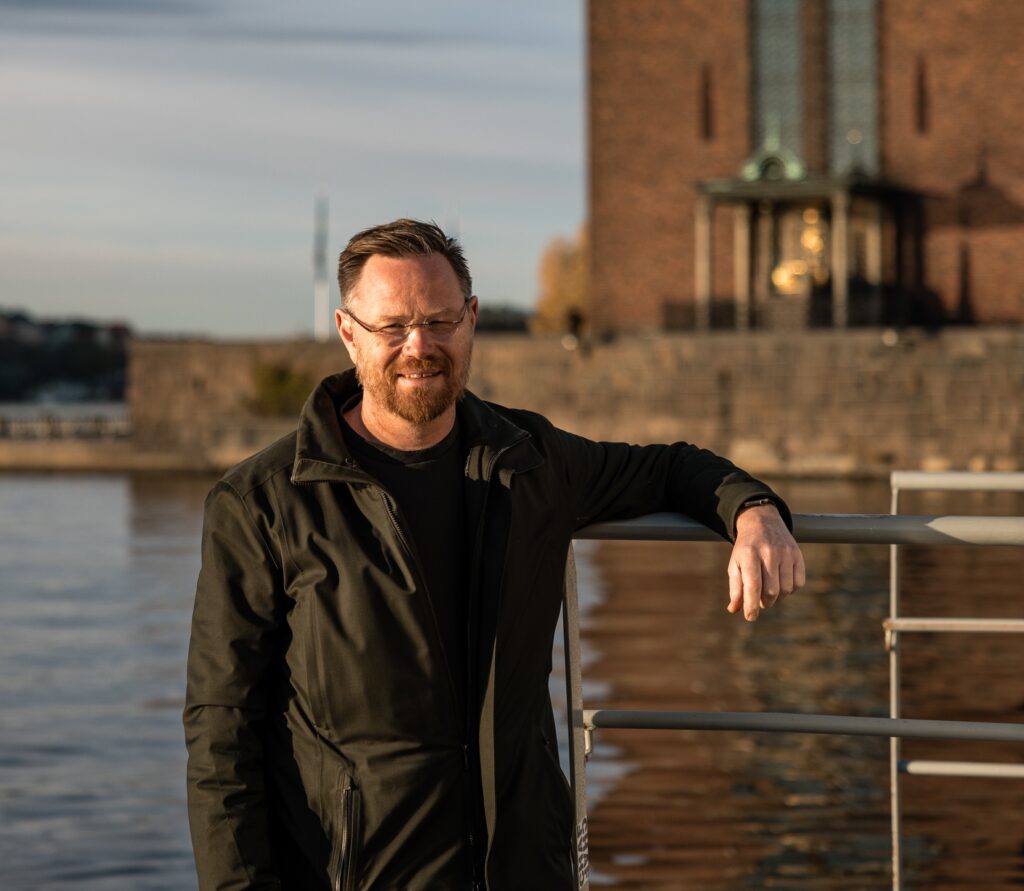
“Nova is drawing commuters to the other vessels as well. That’s especially exciting, since one of our goals is to show that with fast, comfortable waterborne transport, we can get car commuters to switch to waterborne transport,” says Hasselskog (pictured).
Region Stockholm, which operates the service, will now increase Nova’s service from five days a week to daily operations by May. Interested parties can sign-up for a test ride on the company’s website.
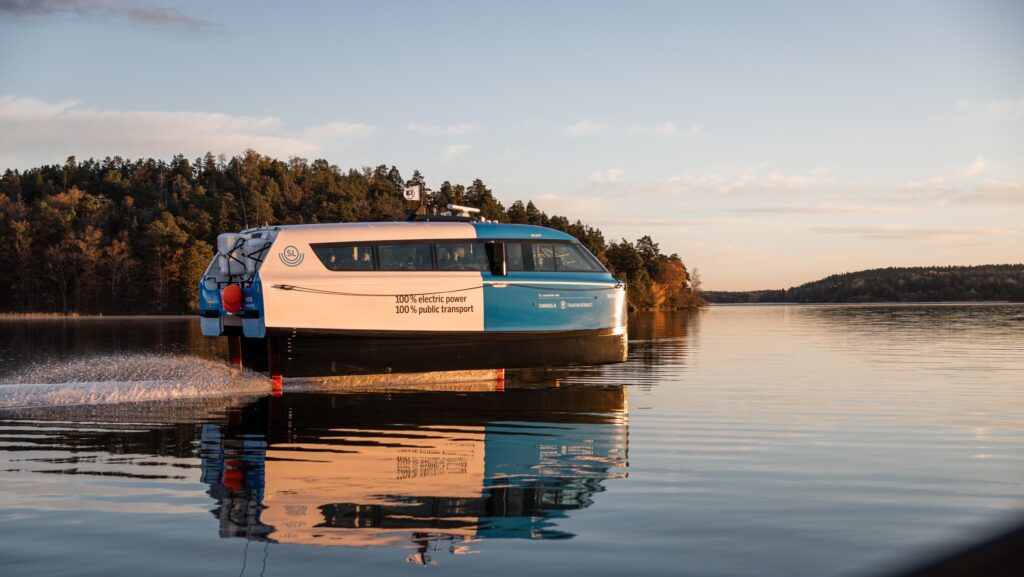
Nova, with a cruising speed of 25 knots, is said to be the fastest electric ship in the world. It is also faster than Stockholm’s fastest diesel-powered archipelago ferries.
“Demonstrating that the technology is mature and fit for demanding public transport use is important. This is the third generation of our foiling technology, and with lessons learned from producing over 100 leisure vessels, we’re scaling up production to meet demand,” says Hasselskog.
Candela has P-12 customers around the world – from Saudi Arabia to New Zealand and the USA.
“We are incredibly happy that Region Stockholm has enabled us to demonstrate the hydrofoil technology in the city’s public transport. We see that waterways in most cities have enormous potential for fast, low-cost, and emission-free transport that can relieve road networks and connect communities. This is just the beginning,” Hasselskog concludes.
